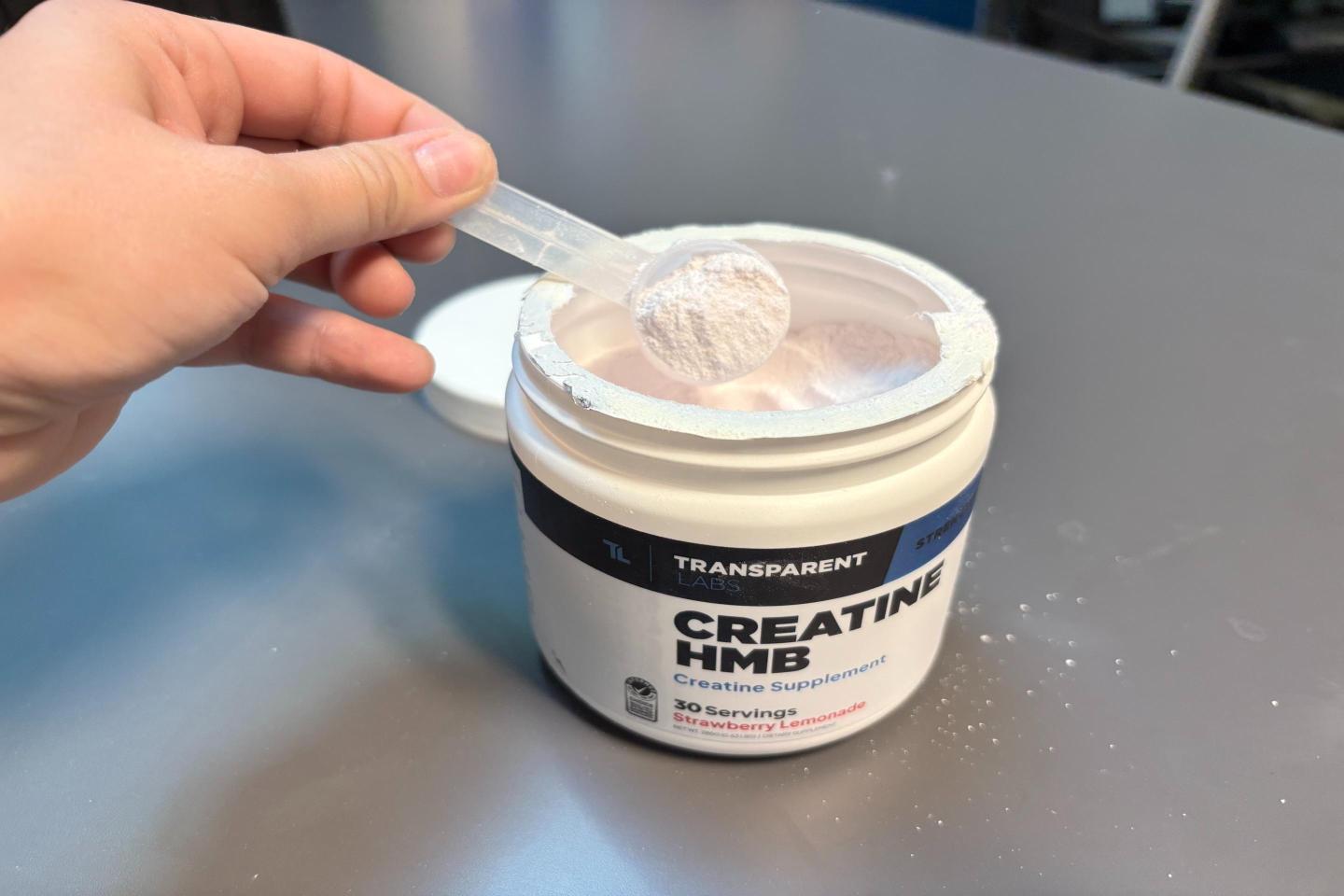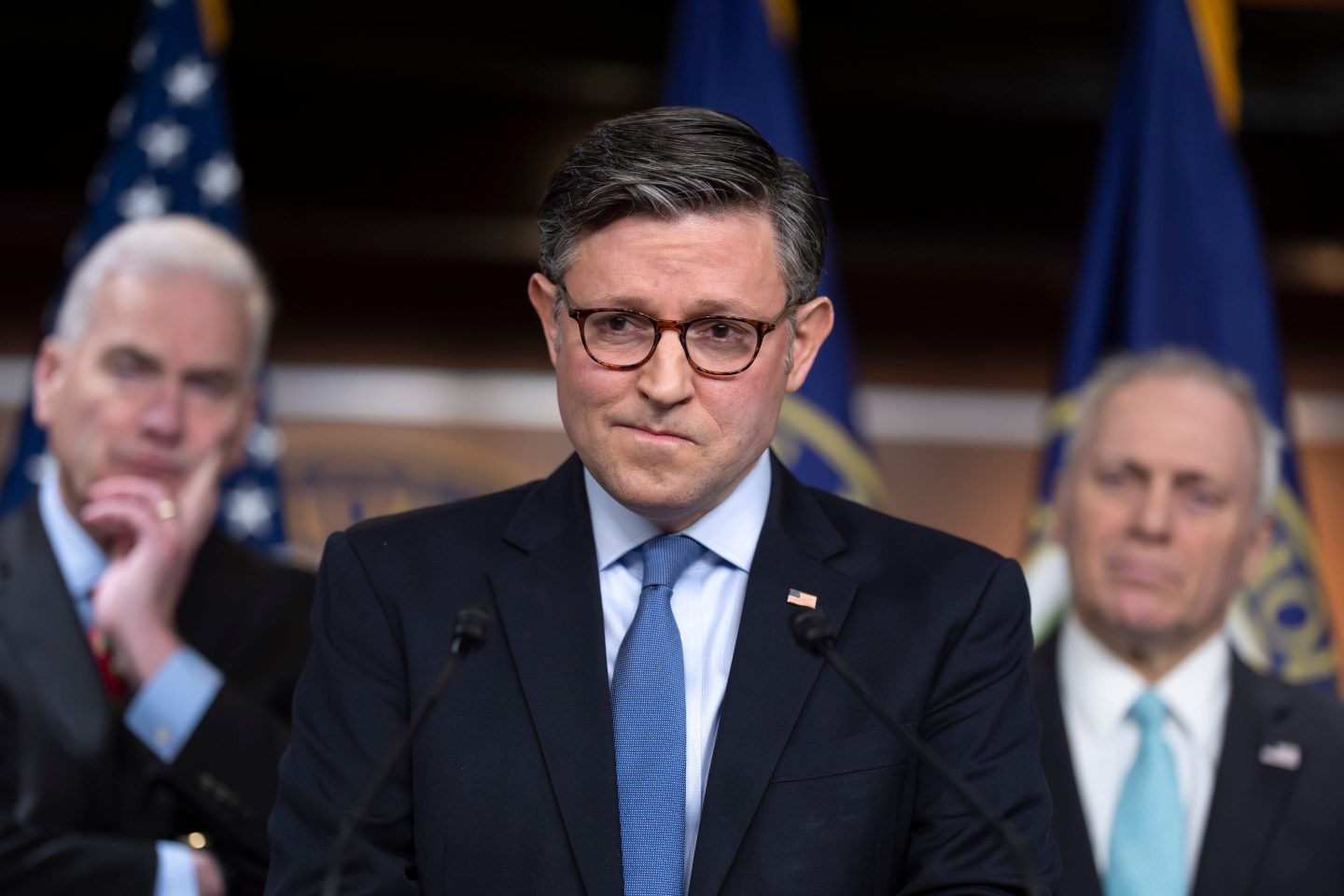With the Johnson & Johnson COVID-19 vaccine on temporary pause over extremely rare but serious blood clotting concerns, polling suggests that public trust in the shot’s safety has taken a big hit. The question is, Will that trust be regained, and under what circumstances?
The White House COVID response team on Wednesday promoted polling showing that confidence in COVID vaccines had actually been lifted up by the Food and Drug Administration (FDA) and Centers for Disease Control (CDC) recommendation to pause use of Johnson & Johnson’s single-shot jab.
But that particular poll by Echelon Insights, conducted within days following this suggested pause, is a reflection of confidence in COVID vaccines generally. A much larger poll with significantly more participants that homed in on faith in the J&J vaccine specifically paints a very different picture. Prior to the pause, more than half of respondents told YouGov they believed that vaccine to be safe. As of Wednesday, just 37% did, according to the poll. (It should be noted that fewer participants were surveyed after the pause rather than before it, so the numbers could change.)

It’s clearly too early to tell what the long-lasting effects of this pause will be. Public health officials have stressed that the Johnson & Johnson COVID vaccine has proved safe and effective, and that the pause recommendation was out of an abundance of caution to investigate the blood clotting incidents. On Thursday, Dr. Anthony Fauci told Reuters that he believes federal authorities will make a decision quickly and that the vaccine will be “back on track.”
Those comments came after a panel of expert advisers to the CDC punted on an official decision. But there are several avenues they can take going forward. For instance, the experts could recommend that it’s probably safe for all eligible people to receive the J&J shot, or identify certain high-risk groups who might want to be more cautious (the blood clotting events disproportionately affect women), or just shut it all down.
The latter option appears unlikely given the rarity of the blood clotting events and the vaccine’s efficacy. But public communication of the risk-benefit dynamic will be crucial, particularly for a vaccine that may help many underserved communities without easy access to health facilities or mass vaccination sites since it requires just one dose.
It’s not shocking that the public may approach brand-new pharmaceuticals with precaution during a pandemic, especially after a recommended pause. The CDC itself says that the key to a successful immunization campaign for the hesitant may not rely on top health officials, but on local communities.
“By taking time to listen to their concerns and answer their questions, we can help people become confident in their decision to be vaccinated,” the agency writes. “Also, when you decide to get vaccinated and share the reasons why you did, you can have a powerful influence on your family and community.”











